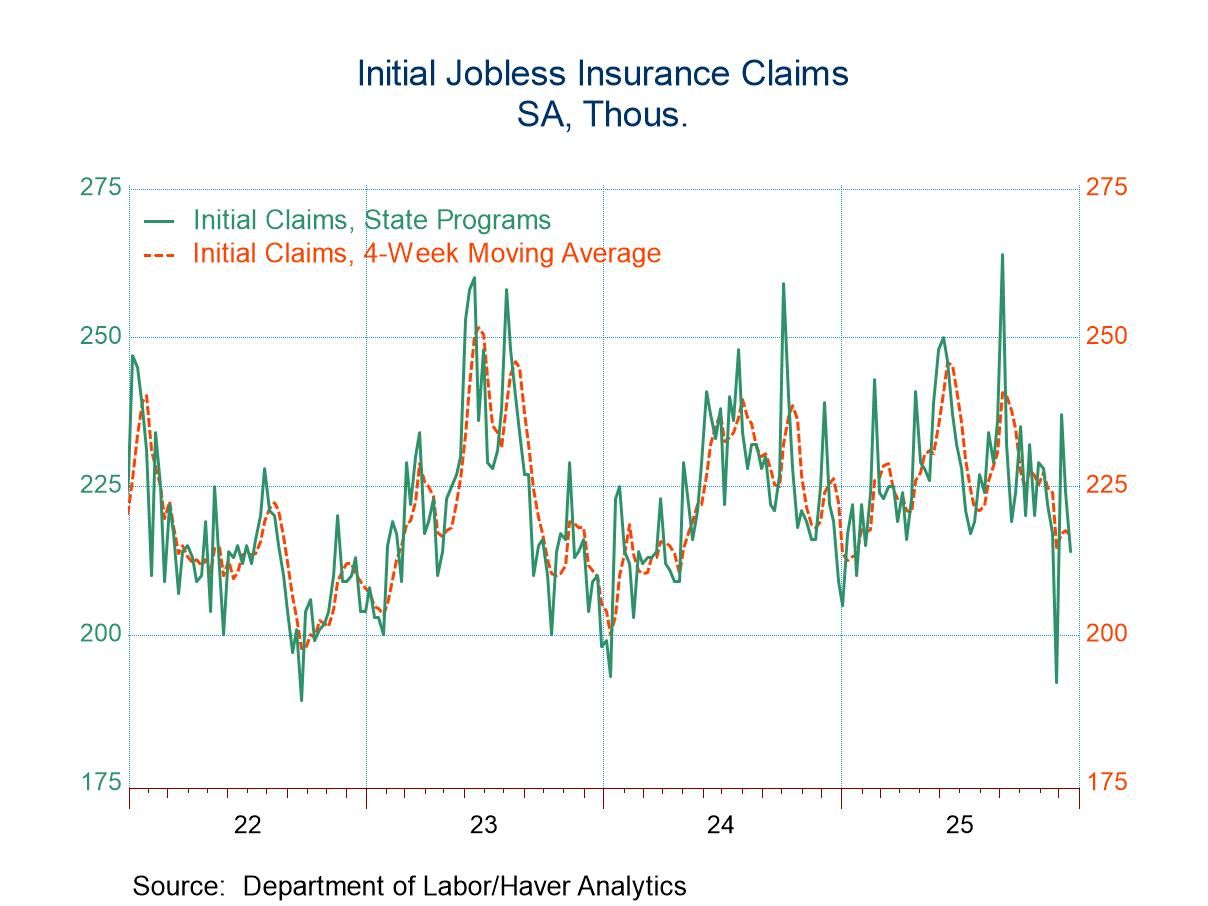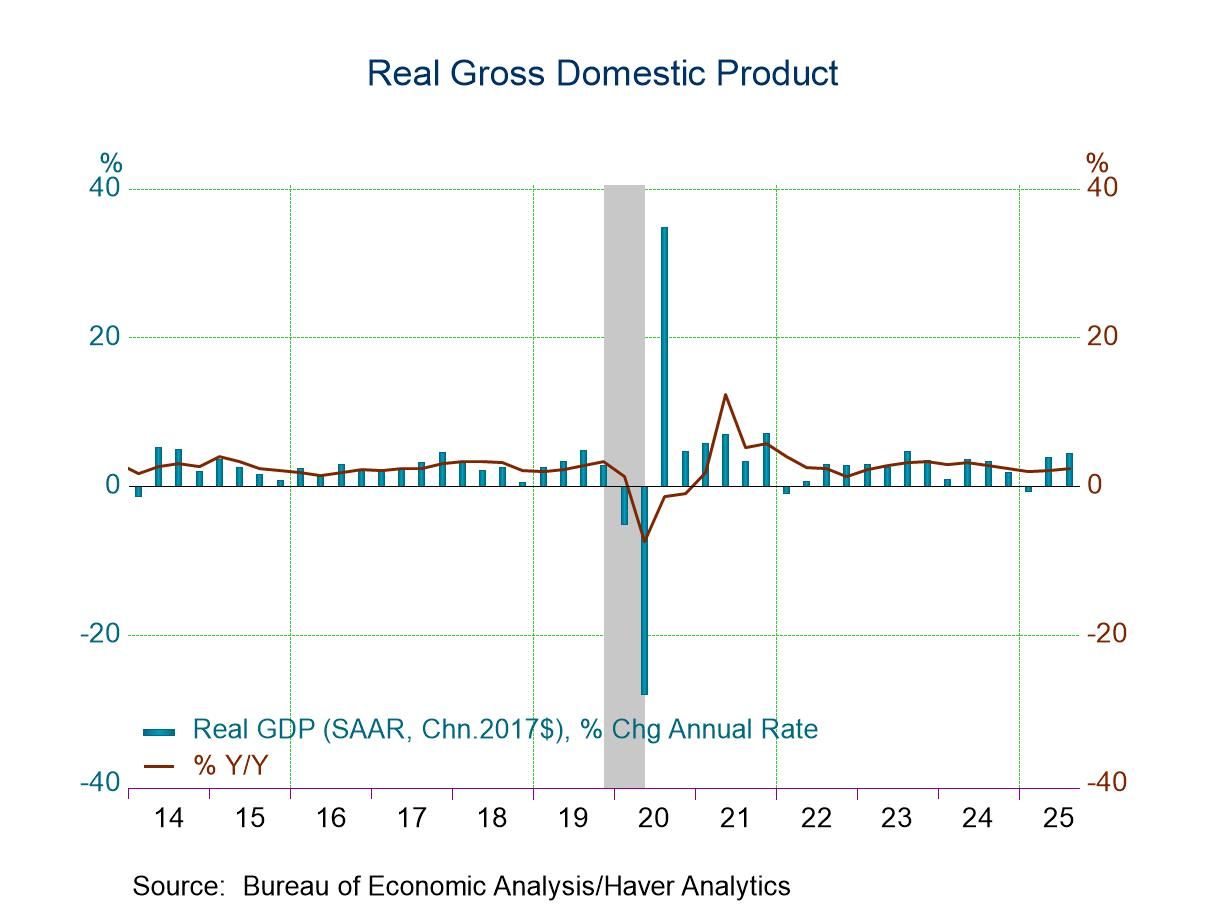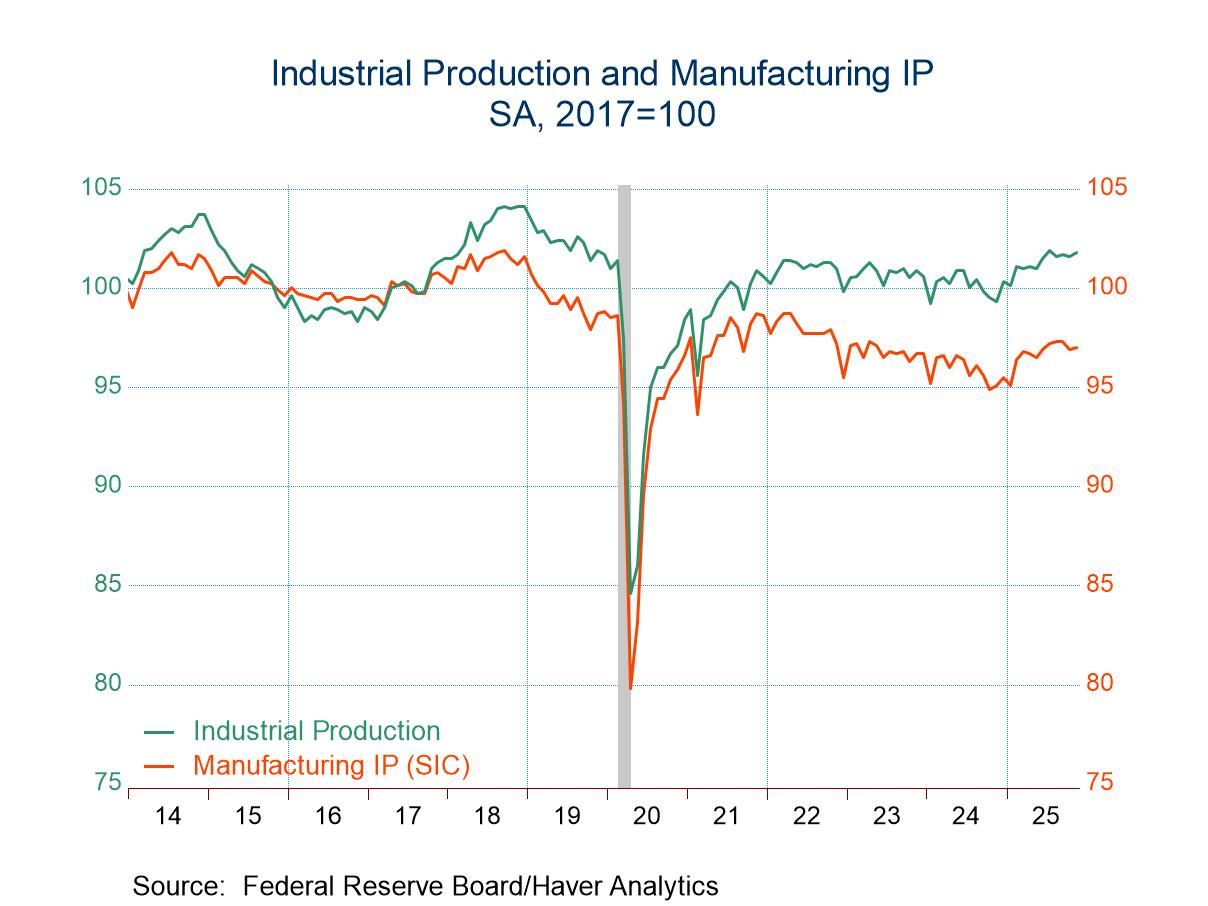 Asia| Jun 04 2024
Asia| Jun 04 2024Economic Letter From Asia: Trading Places
In this week's newsletter, we explore shifting trade patterns between China and the rest of the world. These shifts reflect changes stemming from the pandemic and, more importantly, from geopolitical pressures and supply chain dynamics. While China's export dependency on Western economies like the US and the EU has decreased, it remains substantial. Additionally, certain product categories, notably transportation equipment, have gained ground in China's export portfolio. In addition to this, we delve into China's rapid development in the electric vehicle (EV) sector, both domestically and internationally. This includes achieving high retail penetration domestically and experiencing rapid export growth abroad. However, concerns have been raised by several governments regarding overcapacity issues resulting from China's escalating EV exports, leading to discussions of possible retaliation via e.g. increased tariffs to address these concerns.
Expanding our scope, government concerns regarding overcapacity extend beyond EVs to other goods, such as steel products and cement, among others. Additionally, we examine China's trade relationships with its Asian neighbors, noting a diminished share of advanced Asian economies in China’s aggregate trade, while relationships with Southeast Asian nations and India have strengthened. Lastly, we delve into China's burgeoning bilateral trade ties with Vietnam, driven by deepening supply chain integration and Vietnam's reliance on China-sourced parts for its electronics exports. These developments underscore the intricate and evolving dynamics shaping China's trade landscape.
Shifts in China’s export composition In recent years, China's export landscape has undergone significant shifts, primarily influenced by the rearrangement of supply chain dynamics stemming from the pandemic and, more recently, heightened geopolitical factors. Chart 1 illustrates this transformation, depicting a decline in China's export share to Western economies like the US and the EU compared to pre-pandemic levels. Conversely, there has been an uptick in China's export share to Asian economies such as India and those in Southeast Asia. The relative significance of product categories within China's export mix has also undergone notable shifts. Specifically, China has witnessed a substantial increase in the export share of transportation equipment, plastics, rubbers, and basic metals. This surge can be attributed to an increase of exports of specific products, such as electric vehicles (EVs), a trend we will delve into further below.
Chart 1: Change in composition of China’s exports

Despite the shifts noted above in China's export shares, Chart 2 underscores the enduring importance of the US and the EU as export destinations. Specifically, these destinations account for shares of 14.7% and 14.5%, respectively, based on a 12-month rolling total of exports. However, the relative significance of Chinese exports to these economies has diminished. For instance, Mexico displaced China as the primary source of imports for the US in 2023, driven by the US’s greatly reduced shipments from China. Despite these trends, China's vast export output has solidified its position as a vital global provider of manufacturing goods. Consequently, rather than entirely substituting for China, many manufacturers have adopted a "China Plus One" strategy instead. While not replacing China entirely, this approach has served to diversify supply chain exposure, mitigating geopolitical risks to some extent. Also digging into the product breakdown illustrated in Chart 2, machinery and electrical equipment continue to dominate China's export profile, followed by textiles, basic metals, and transportation equipment.
Chart 2: Composition of China’s exports

Trends in selected Chinese exports We shift next to China's EV market, which has undergone substantial expansion in recent years. However, this growth has slowed, as illustrated in Chart 3, signaling the market's transition to a more mature stage, coupled with effects from phased-out state subsidies. Despite this moderation in growth rates, the sector continues to experience double-digit growth, with EV exports surging by 70.3% y/y in April 2024. Nevertheless, China's EV market has gained significant prominence, initially within the domestic realm and more recently on the international stage. Specifically, China's retail penetration of new energy vehicle sales has jumped from a mere 3.4% in October 2019 to nearly 44% in April 2024. Furthermore, earlier reports this year revealed that China’s automaker BYD has overtaken its US counterpart Tesla to become the world's largest EV manufacturer. China’s phenomenal EV exports growth has caught the attention of the EU – a major destination for China's EV exports – leading to the EU government’s considerations of tariffs on Chinese EV imports.
Chart 3: Growth in China EV production and exports

We move next to delve into recent concerns raised by several governments regarding China's overcapacity, particularly concerning its export practices in specific sectors. The export volumes of certain products from China have consistently exhibited significant growth rates over the past few years, prompting discussions about whether these trends signify strategies aimed at offloading excess capacity onto global markets. For example, in April, in addition to the robust growth in EV exports mentioned earlier, there was a surge of 103.3% y/y in cement exports. Similarly, other goods such as solar panels and steel products also witnessed double-digit growth in export volumes, albeit at slightly lower rates. Despite the sustained increase in export volumes for these products, China's overall export prices have declined during the same period. This phenomenon has sparked a debate about whether China might also be exporting deflationary pressures to the rest of the world.
Chart 4: China’s export volume growth of selected goods

China and Asia Directing our attention to China's evolving export relationships with its Asian counterparts, Chart 5 illustrates a decline in the proportion of shipments to advanced Asian economies, juxtaposed with a rise in exports to other regions within Asia. Despite this trend, China has actively sought to enhance trade relations with advanced Asian economies like Japan and South Korea. An indication of this effort was the recent three-way summit held last week, marking the first such summit among the three countries since 2019. Shifting our gaze to Southeast Asia, although there was a surge in China's export share to the region in 2022, this share has since receded, albeit remaining higher than pre-pandemic levels. Additionally, India has emerged as an increasingly significant destination for China's exports, partially driven by India's economic growth. However, the share of exports to India still remains relatively modest, standing at approximately 3.5%.
Chart 5: China’s share of initial export destinations

Lastly, we examine Vietnam, which has witnessed a firming share of China's exports in recent months. This enhancement in trade significance is reciprocal, as depicted in Chart 6, where China's presence in Vietnam's exports mix has also shown improvement over the past year, while the shares of other economies, including those within Southeast Asia, have moderated. The strengthening of bilateral trade between China and Vietnam can be attributed to various factors, including deepened supply chain integration between the two economies. Particularly noteworthy is Vietnam's heavy reliance on Chinese-sourced parts for its electronic exports, highlighting the interconnectedness and synergy between the two economies.
Chart 6: Vietnam’s share of export destinations

Tian Yong Woon
AuthorMore in Author Profile »Tian Yong joined Haver Analytics as an Economist in 2023. Previously, Tian Yong worked as an Economist with Deutsche Bank, covering Emerging Asian economies while also writing on thematic issues within the broader Asia region. Prior to his work with Deutsche Bank, he worked as an Economic Analyst with the International Monetary Fund, where he contributed to Article IV consultations with Singapore and Malaysia, and to the regular surveillance of financial stability issues in the Asia Pacific region.
Tian Yong holds a Master of Science in Quantitative Finance from the Singapore Management University, and a Bachelor of Science in Banking and Finance from the University of London.






